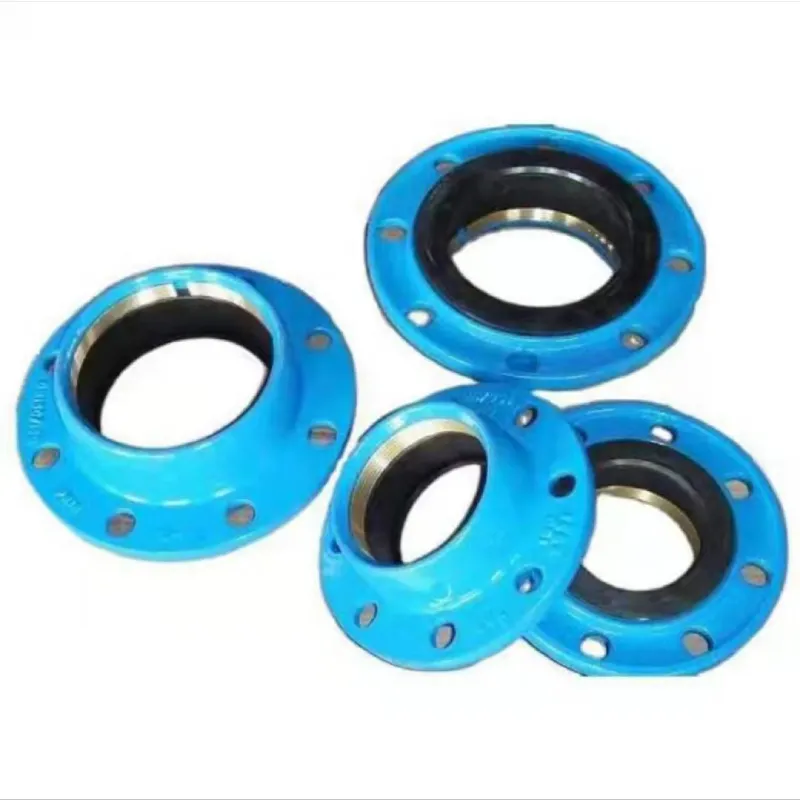stainless steel butterfly check valve
The Stainless Steel Butterfly Check Valve A Comprehensive Overview
In the world of fluid dynamics and pipeline systems, valves play a critical role in controlling the flow of liquids and gases. Among the various types of valves available, the stainless steel butterfly check valve stands out for its unique design and functionality. This article aims to provide a comprehensive overview of the stainless steel butterfly check valve, elucidating its features, benefits, applications, and maintenance aspects.
What is a Stainless Steel Butterfly Check Valve?
A stainless steel butterfly check valve is a type of valve that uses a rotating disc to regulate the flow of fluid. It operates on a relatively straightforward principle when fluid flows in one direction, the disc is pushed open, allowing flow through the valve. Conversely, if the flow attempts to reverse, the disc automatically closes due to the backflow pressure, preventing any reverse flow. This design is particularly advantageous in systems where the prevention of backflow is critical.
Features of Stainless Steel Butterfly Check Valves
1. Material Composition As the name suggests, these valves are made from stainless steel, which offers several advantages. Stainless steel is known for its resistance to corrosion, high temperatures, and pressure, making it ideal for a wide range of applications.
2. Compact Design Butterfly check valves are typically more compact than other types of check valves, such as swing or ball check valves. This design translates to a lighter weight and smaller footprint, which can be crucial in installations where space is limited.
3. Low Maintenance Due to their simple design and fewer moving parts, stainless steel butterfly check valves generally require less maintenance compared to more complex valve types. This characteristic makes them a cost-effective solution in the long run.
Benefits of Using Stainless Steel Butterfly Check Valves
1. Corrosion Resistance The use of stainless steel ensures that these valves resist rust and corrosion, increasing their lifespan and reliability, especially in harsh environments.
stainless steel butterfly check valve

2. Efficiency The design of the butterfly check valve promotes a streamlined flow, reducing turbulence and energy losses in the system. This efficiency can lead to significant energy savings over time.
3. Versatility These valves can be used in various applications, ranging from water treatment plants to chemical processing, HVAC systems, and oil and gas industries, due to their robust construction and adaptability.
4. Cost-Effectiveness While the initial investment may be higher than other materials, the durability and low maintenance requirements of stainless steel butterfly check valves often make them a more cost-effective choice over their lifespan.
Applications
The stainless steel butterfly check valve is utilized across various industries, including
- Water and Wastewater Treatment Preventing backflow in systems, thus safeguarding water supply integrity. - Chemical Processing Used in pipelines transporting corrosive chemicals, ensuring a reliable flow without contamination. - Food and Beverage The hygienic properties of stainless steel make these valves suitable for food processing applications. - HVAC Systems Effective in maintaining system pressure and preventing backflow.
Maintenance Tips
To ensure optimal performance and longevity of stainless steel butterfly check valves, consider the following maintenance tips
1. Regular Inspections It’s essential to conduct routine inspections to identify any signs of wear or damage. 2. Clean the Valve Periodically cleaning the valve helps remove any debris that can hinder its operation. 3. Check Seals and Gaskets Ensure that seals and gaskets are intact and functioning correctly to prevent leaks.
Conclusion
The stainless steel butterfly check valve is an indispensable component in many fluid flow systems, owing to its durability, efficiency, and versatility. With proper selection, installation, and maintenance, these valves can provide reliable performance and long service life in various industrial applications. Their trusted functionality and robust design continue to make them a preferred choice for engineers and technicians alike.
-
The Smarter Choice for Pedestrian AreasNewsJun.30,2025
-
The Gold Standard in Round Drain CoversNewsJun.30,2025
-
The Gold Standard in Manhole Cover SystemsNewsJun.30,2025
-
Superior Drainage Solutions with Premium Gully GratesNewsJun.30,2025
-
Superior Drainage Solutions for Global InfrastructureNewsJun.30,2025
-
Square Manhole Solutions for Modern InfrastructureNewsJun.30,2025
-
Premium Manhole Covers for Modern InfrastructureNewsJun.30,2025
